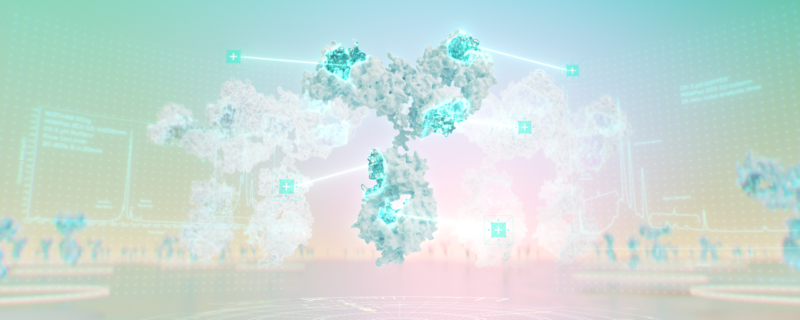Current Analysis Bottlenecks
- Time-Consuming Method Development: One of the most significant challenges in current workflows is the extended time required for method development. Determining the identity of acidic peaks, often associated with post-translational modifications, can take weeks or even months using traditional icIEF UV/MS (isoelectric focusing with ultraviolet/mass spectrometry) workflows. This delay slows down the clone selection process and overall cell line development timeline.
- Multiple Assays and Instruments: Traditional workflows for charge variant analysis require multiple assays across various instruments. This not only increases the complexity of the process but also introduces numerous manual steps, increasing the risk of human error and inconsistency in results. Each step of the process must be carefully monitored and executed, which adds to the burden on laboratory personnel and extends the time to actionable data.
- Complex Data Analysis: The complexity of the data generated from these workflows is another bottleneck. Gathering, organizing, and interpreting large amounts of data requires significant time and expertise. This lengthy analysis time can delay crucial decision-making during cell line development, slowing down the path to commercialization.
A Novel Solution: The Intabio ZT System
To address these bottlenecks, the Intabio ZT system presents a groundbreaking approach to charge variant analysis. The system integrates icIEF separation and UV detection with high-resolution mass spectrometry, all within a single platform — the ZenoTOF 7600 system.
This innovative integration allows for faster and more streamlined PTM analysis, eliminating the need for multiple assays and instruments. By combining the separation, detection, and identification processes into one system, the Intabio ZT platform significantly reduces the complexity and time involved in charge variant analysis.
Benefits of the Intabio ZT System
- Faster Charge Variant Identification: By streamlining the PTM analysis process, the Intabio ZT system enables researchers to identify charge variants in a fraction of the time required by traditional methods. This improvement reduces the overall development timeline, allowing for quicker selection of high-producing clones.
- Reduced Drug Development Timelines: With faster and more efficient charge variant identification, biopharmaceutical companies can reduce the time required to develop new therapeutic drugs, accelerating the journey from research to market.
- Improved Biopharma Efficiency: The integration of icIEF separation, UV detection, and high-resolution mass spectrometry into a single platform minimizes the need for multiple instruments and assays. This not only simplifies the workflow but also increases the consistency and reliability of the data generated, improving overall efficiency.
In conclusion, as cell line development continues to face analytical challenges, novel technologies like the Intabio ZT system are redefining the approach to PTM and charge variant analysis. By addressing the bottlenecks of time, complexity, and manual interventions, these innovations can significantly improve the efficiency of biopharma workflows and reduce drug development timelines.
Learn more at SCIEX.com/IntabioZT
